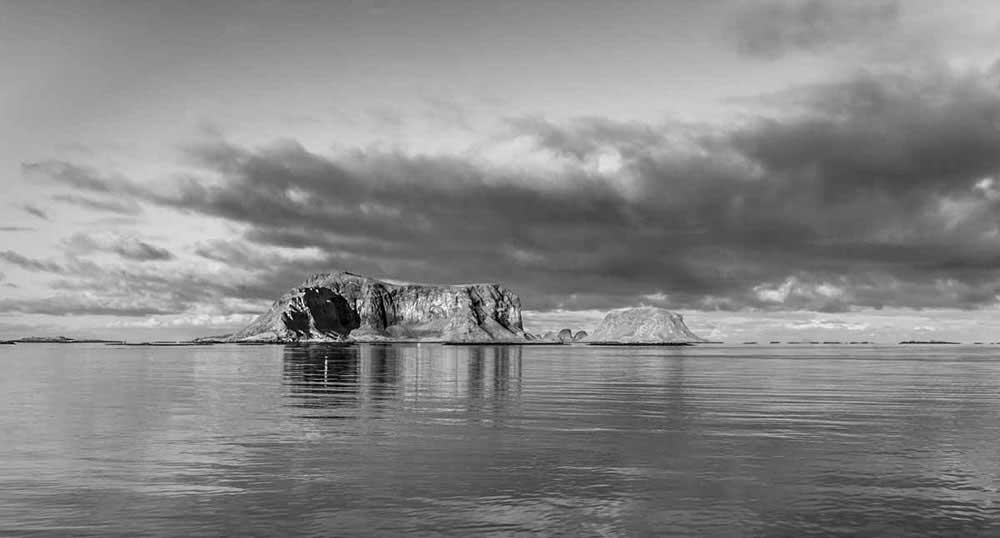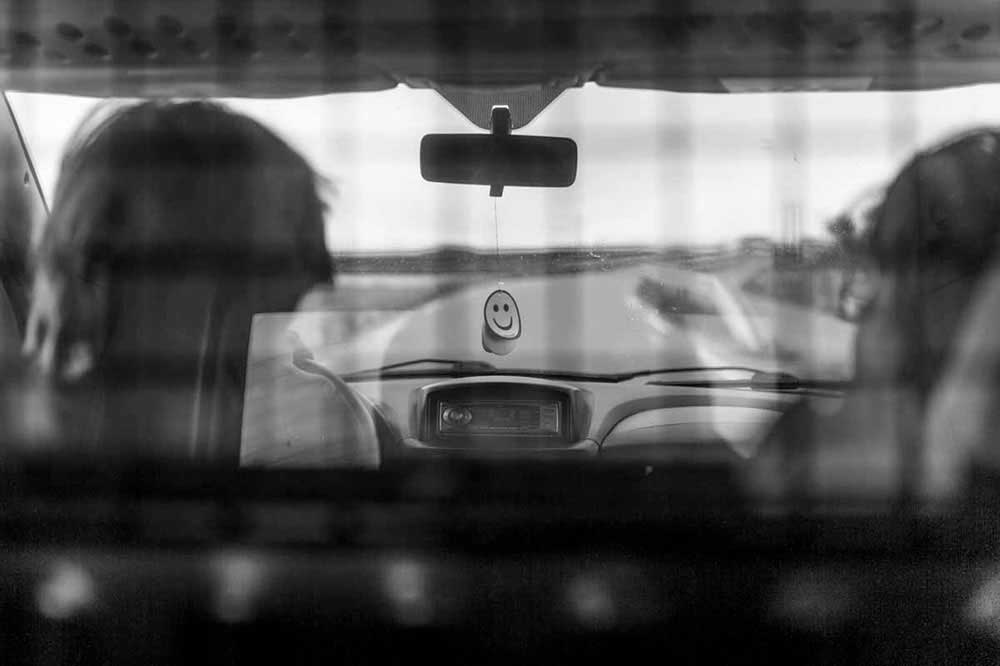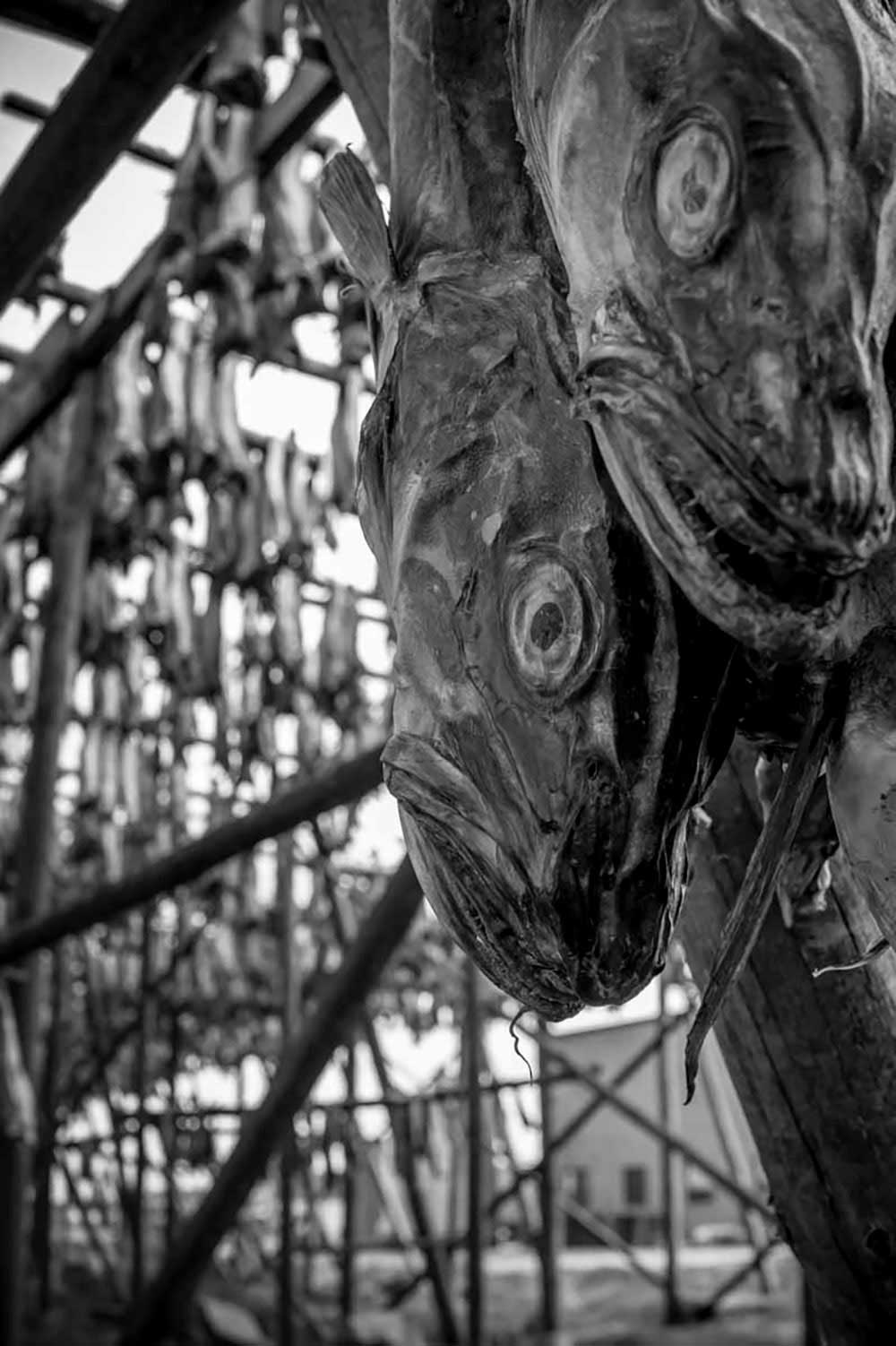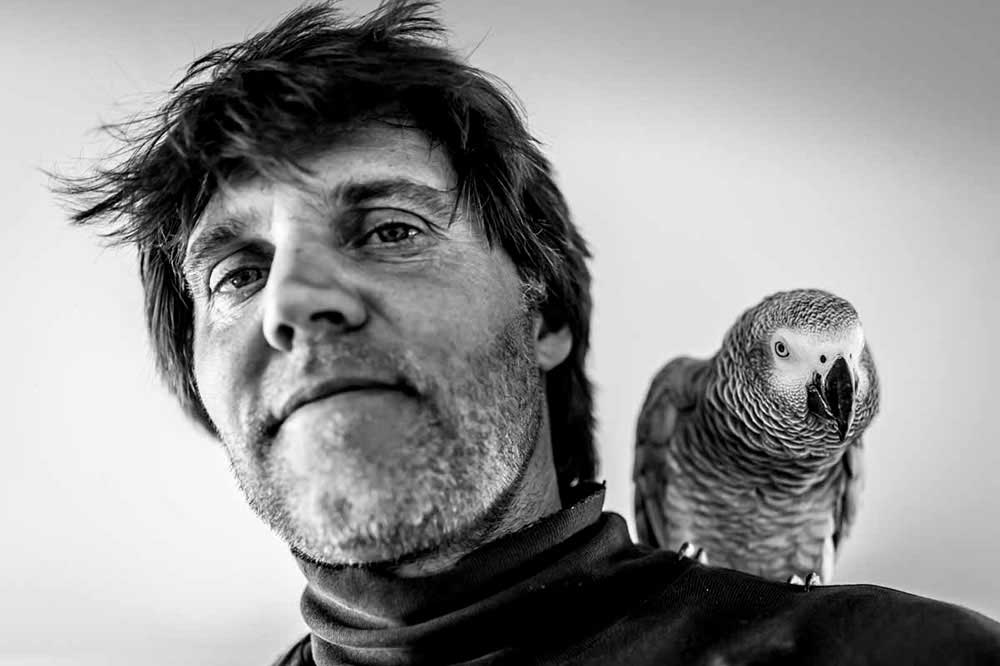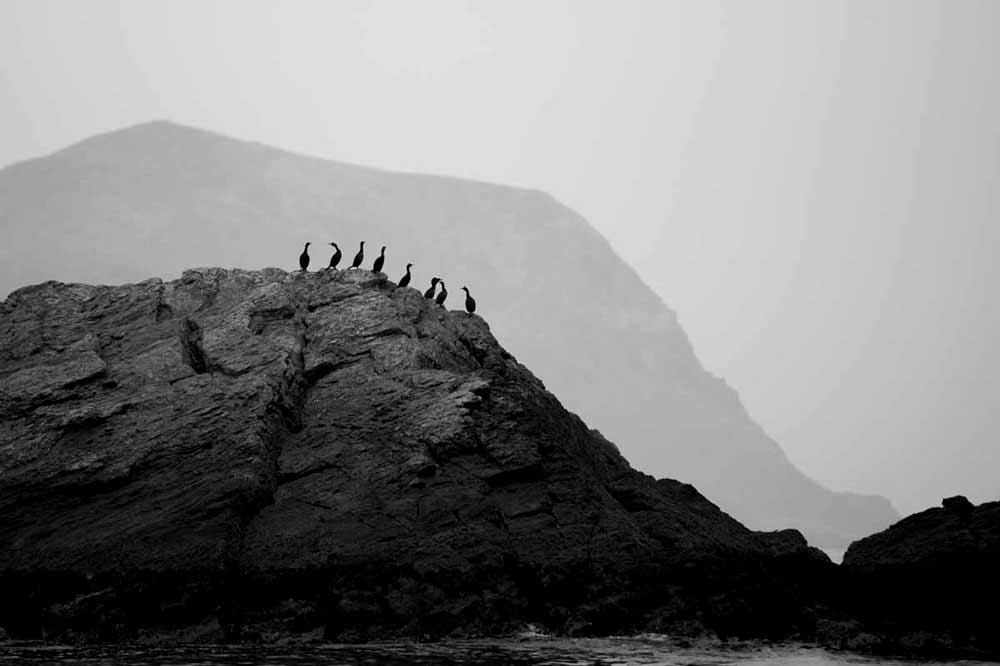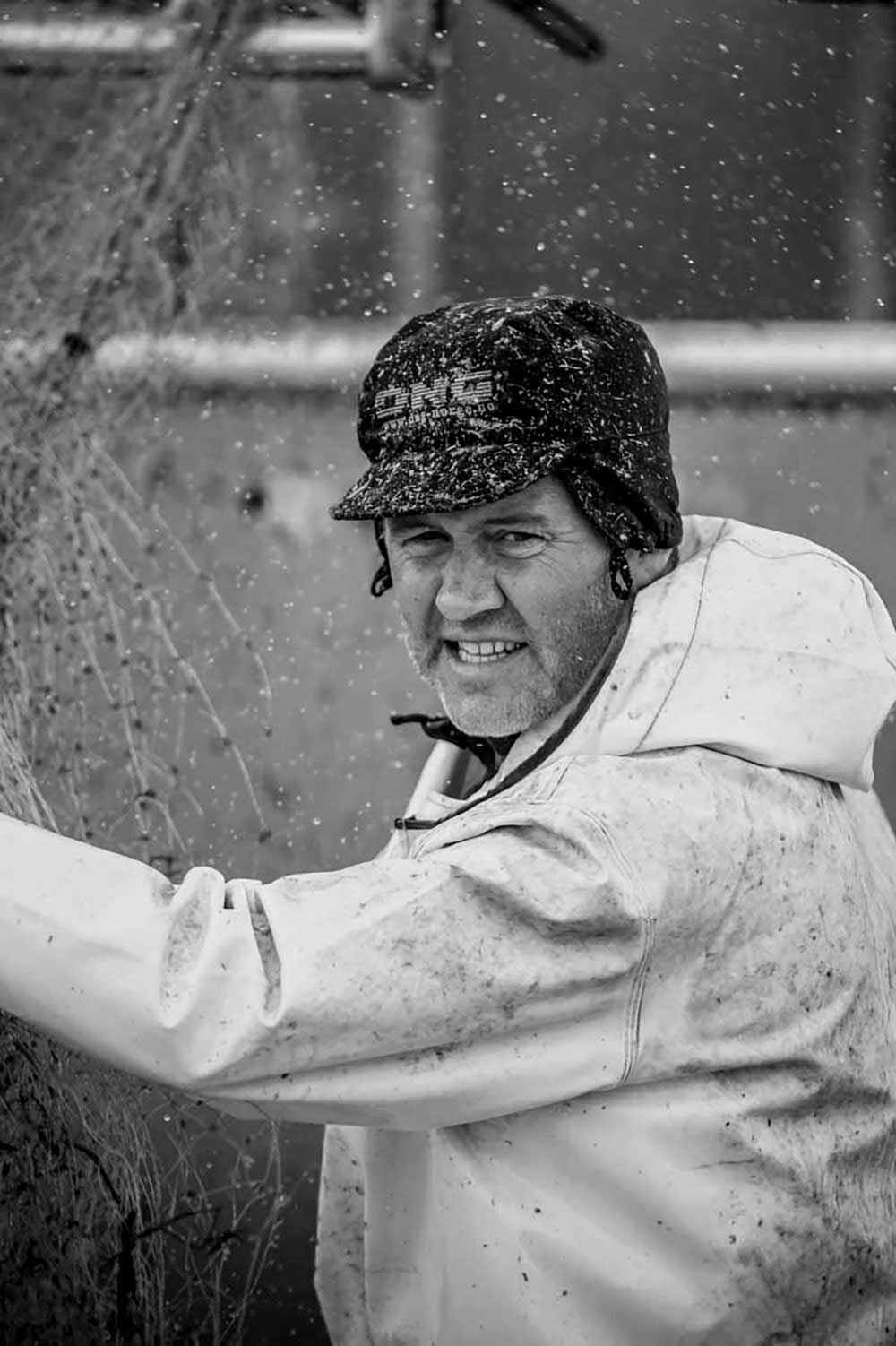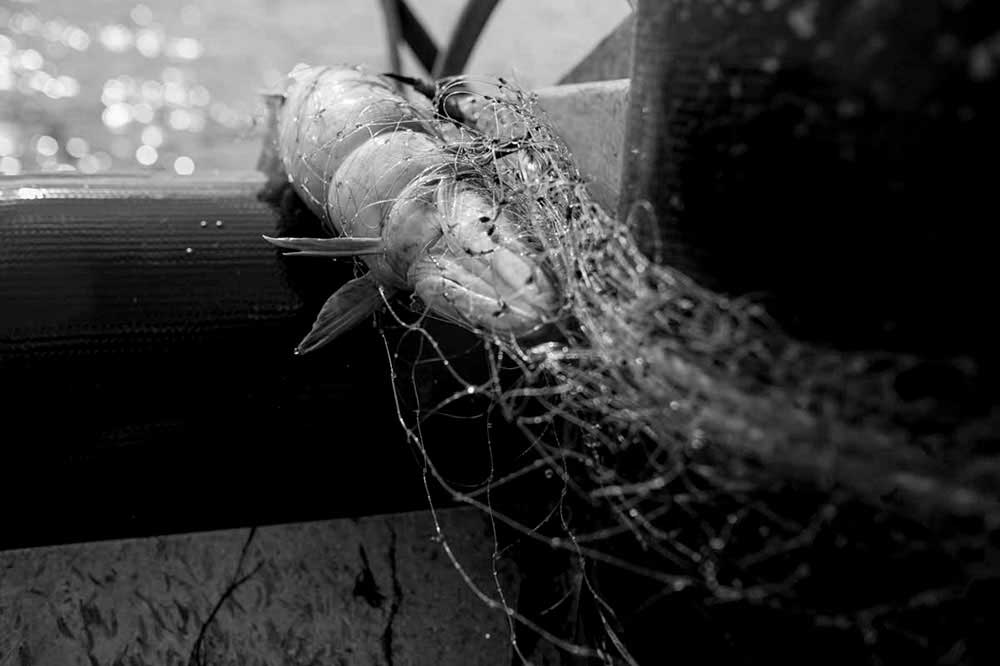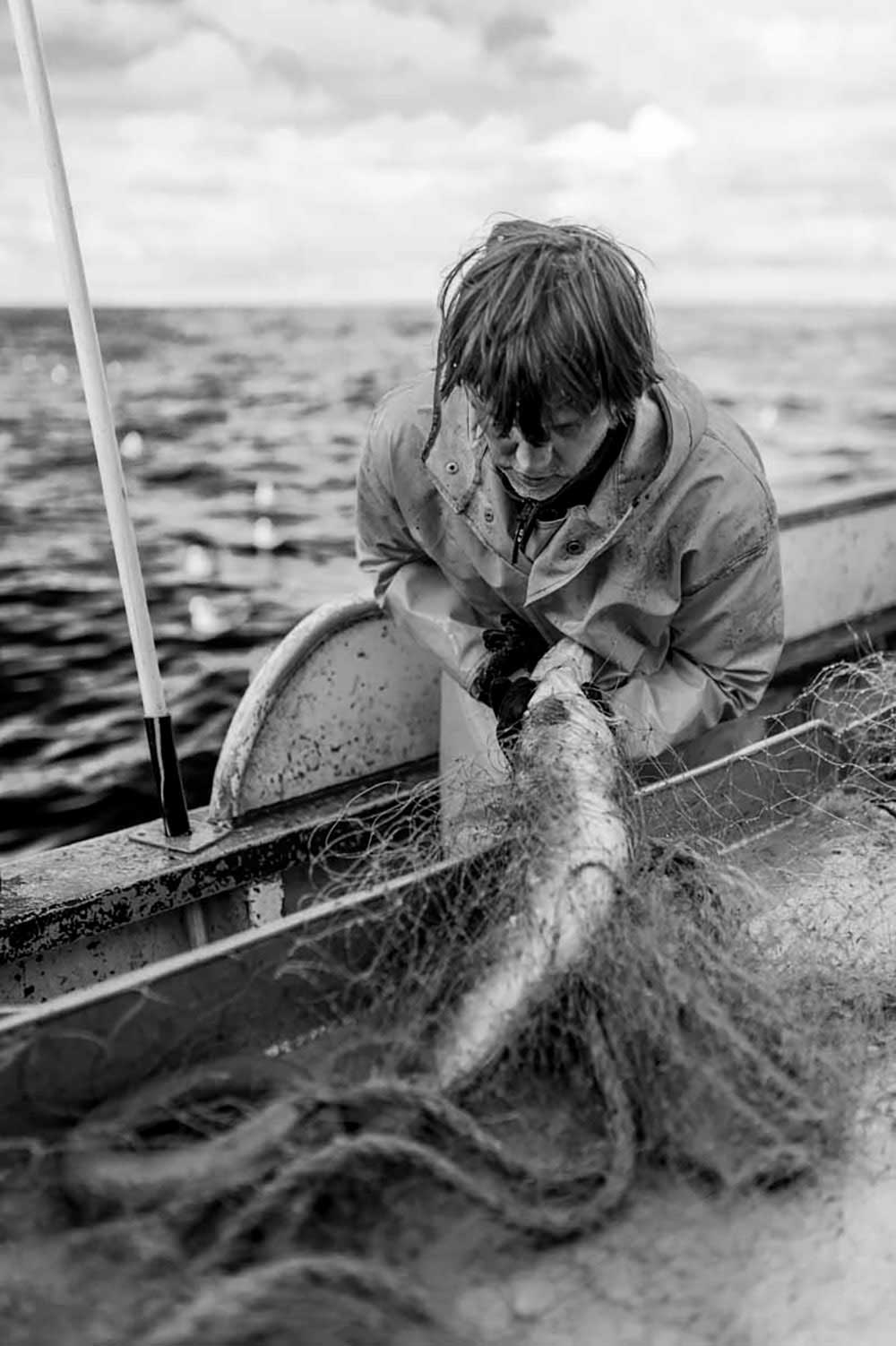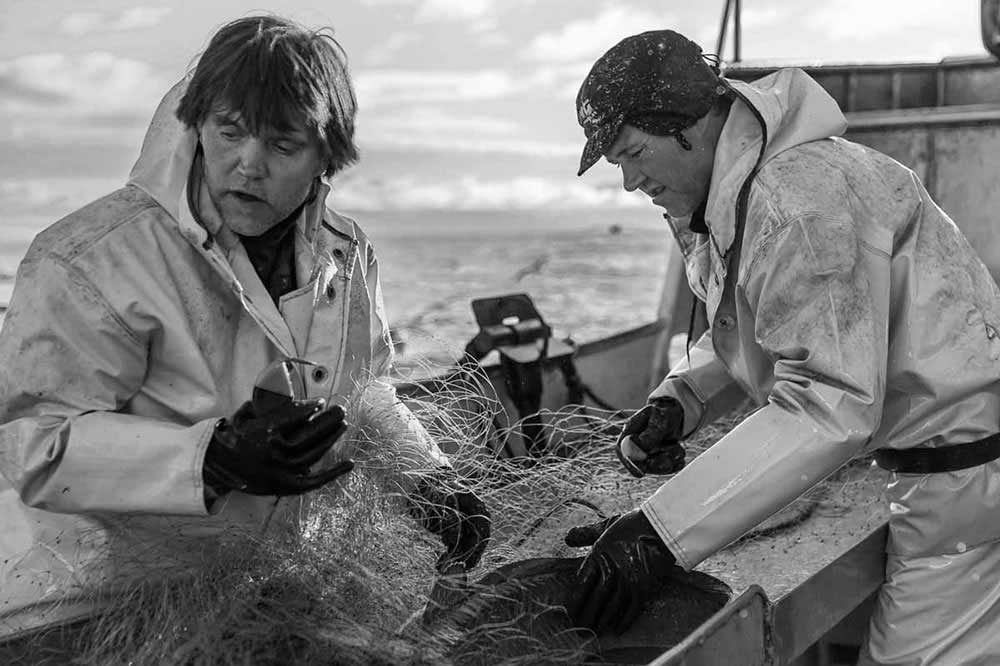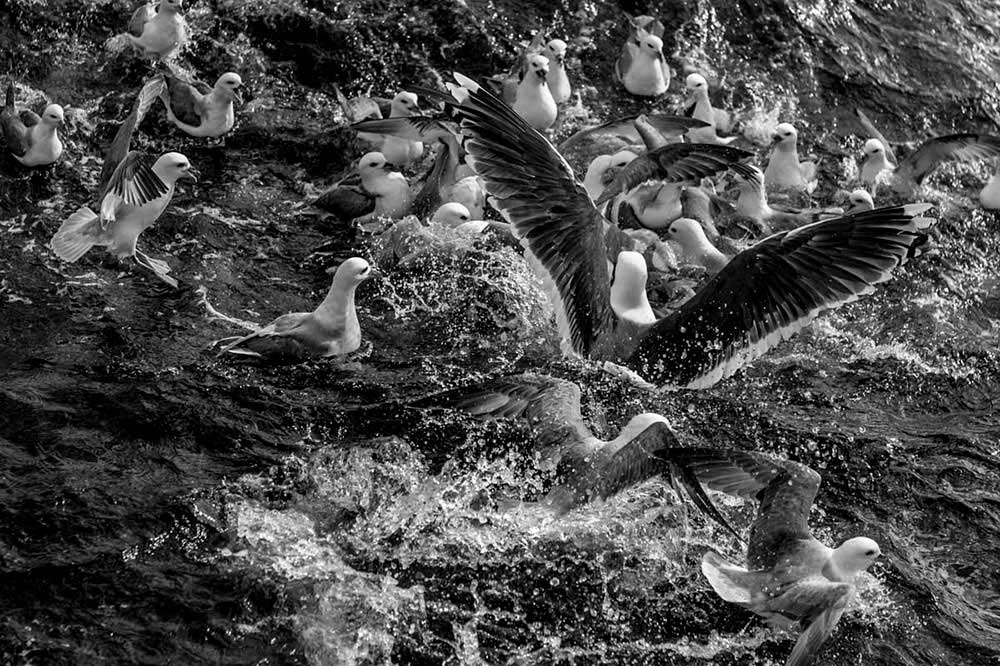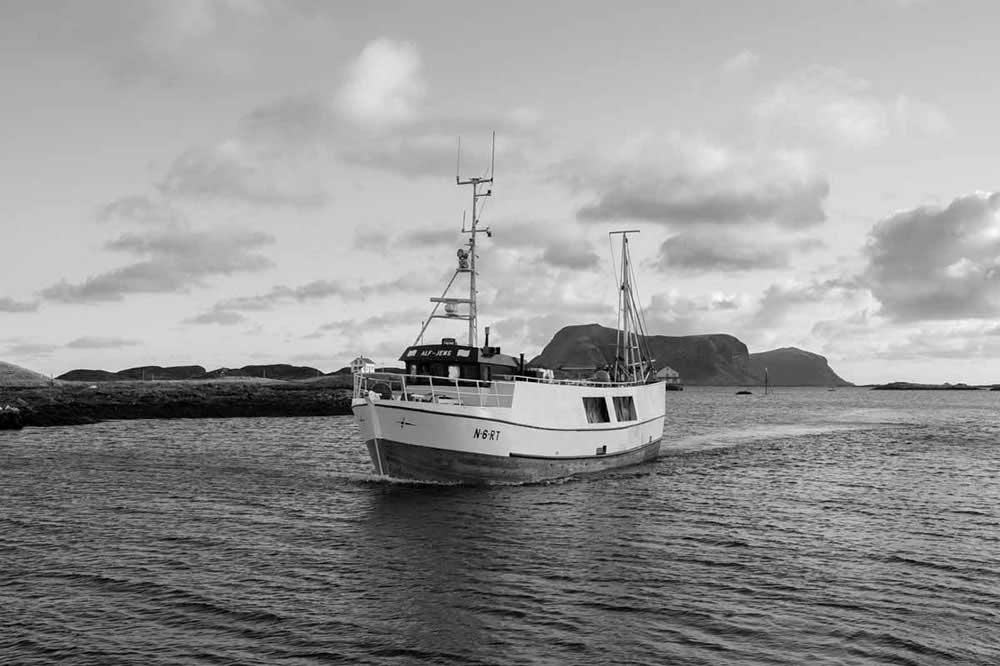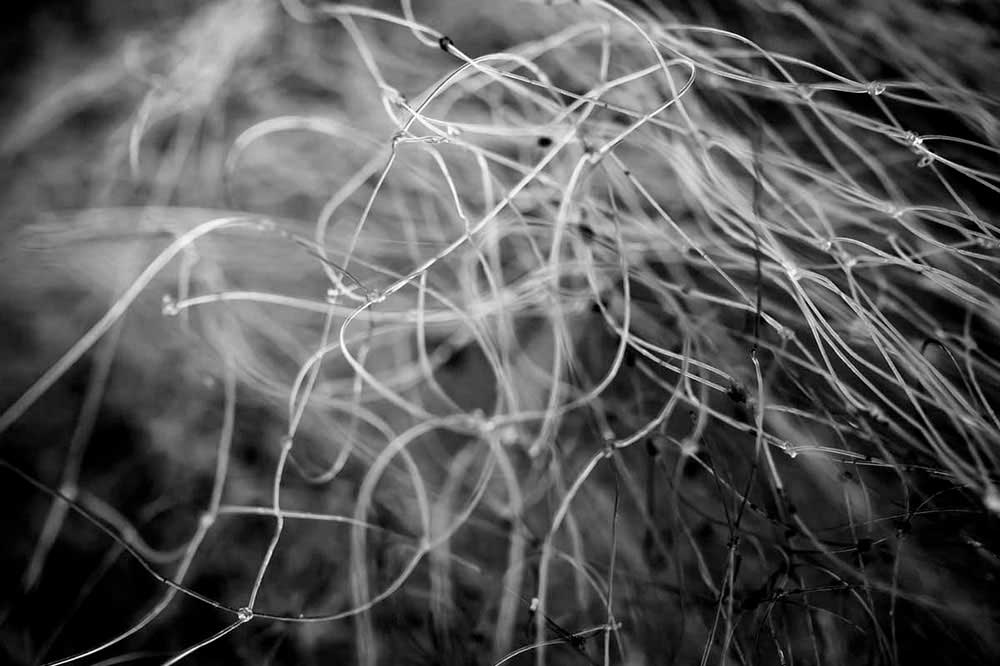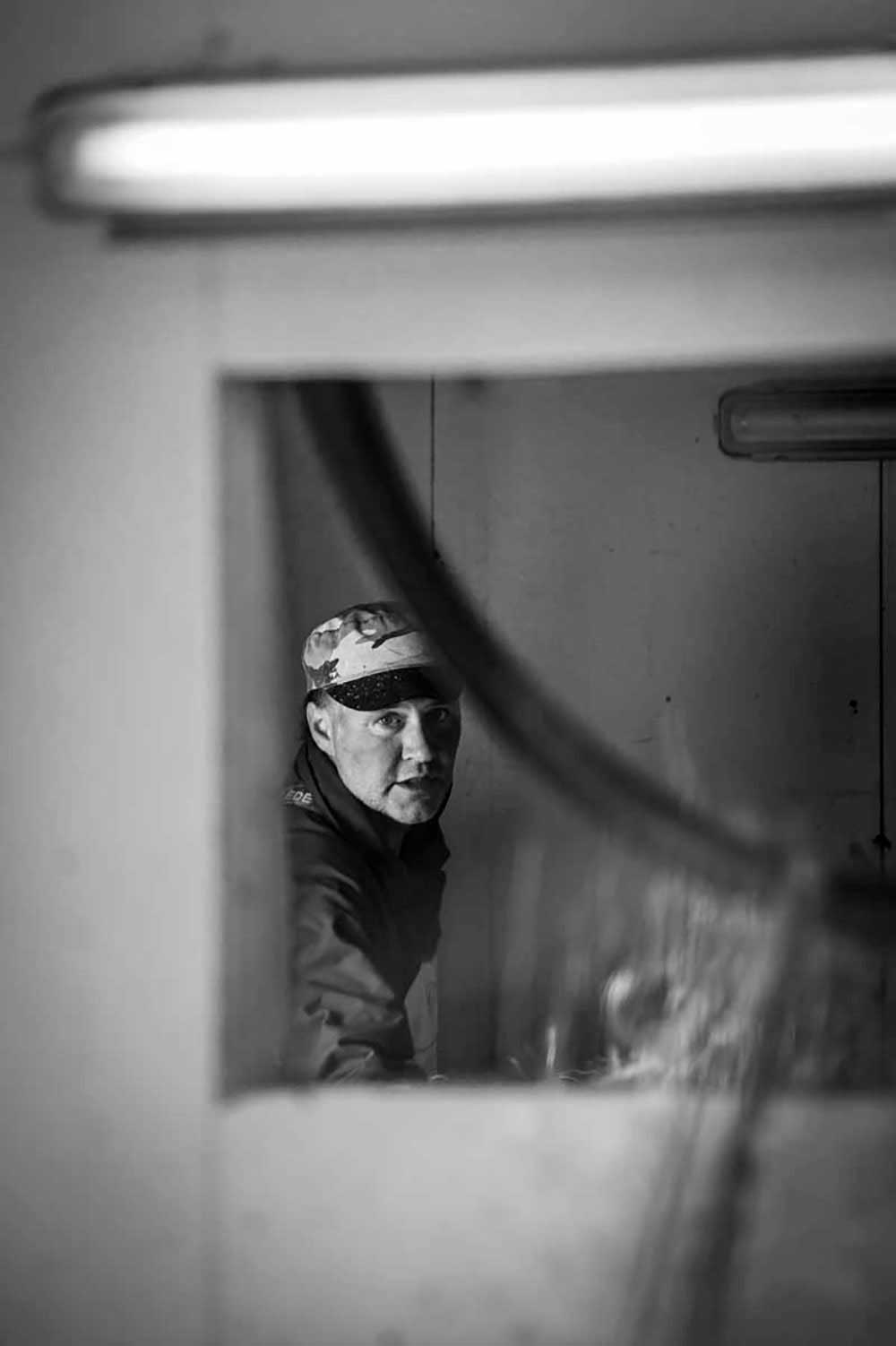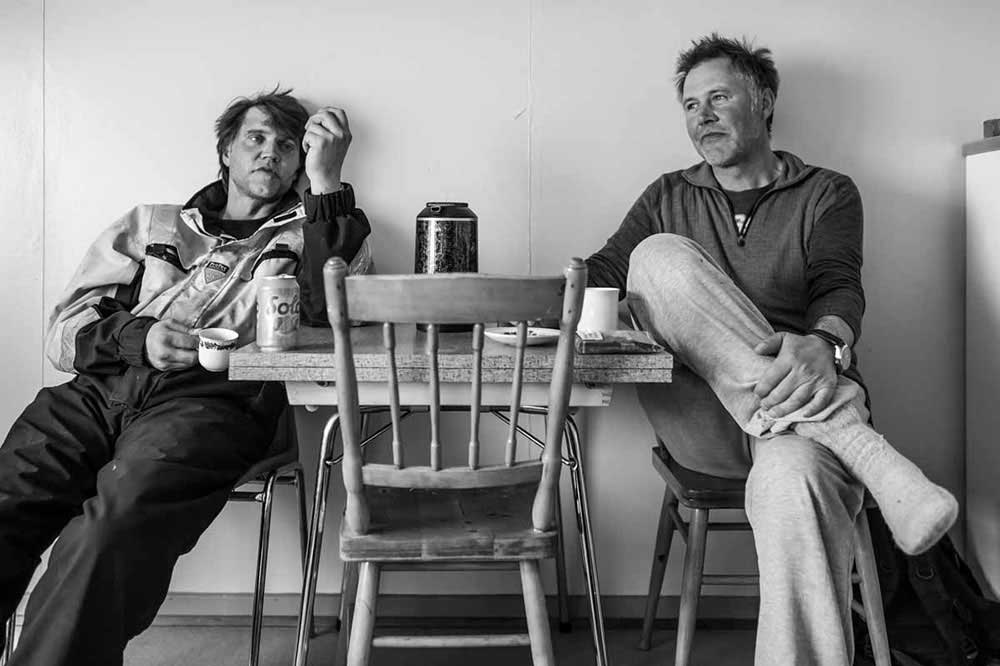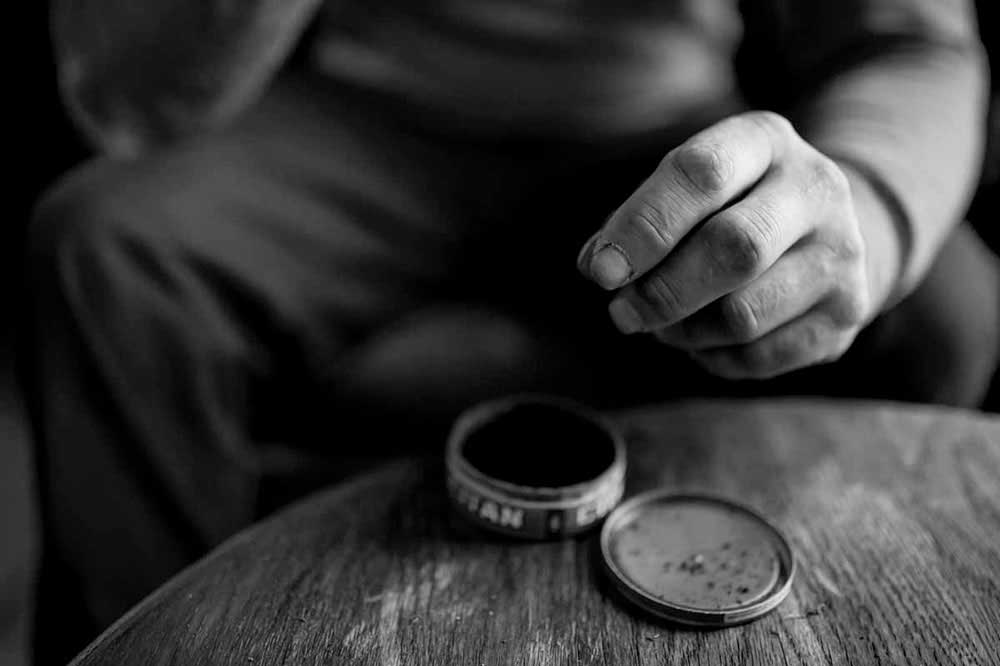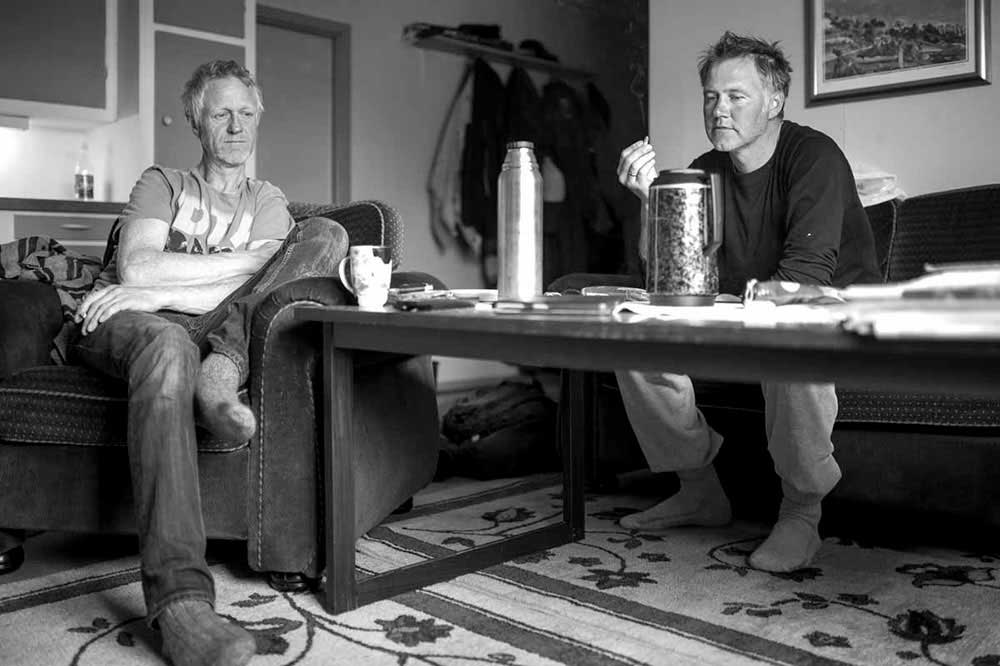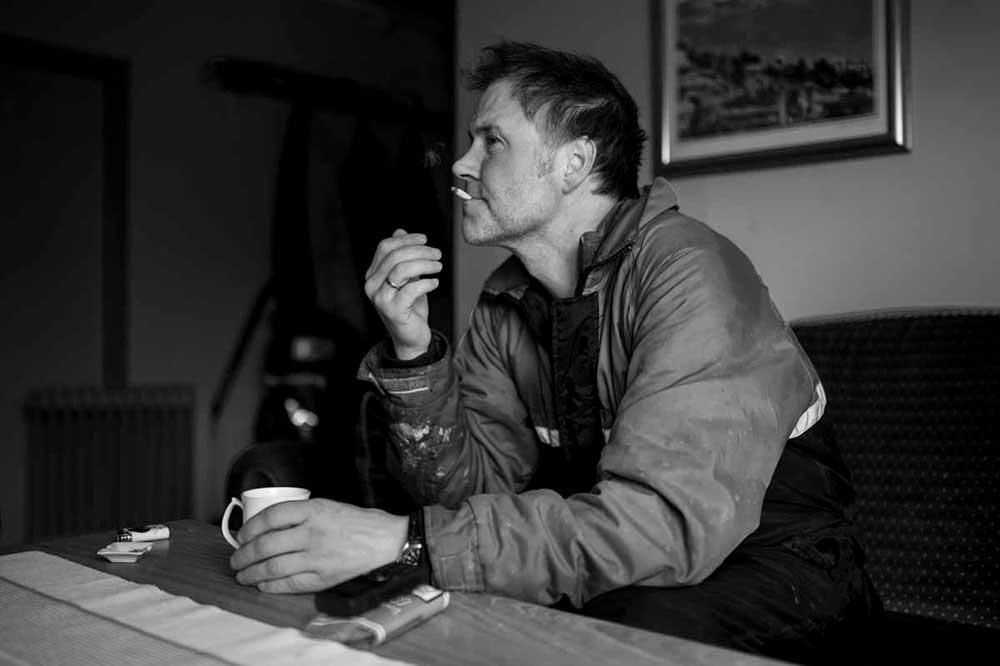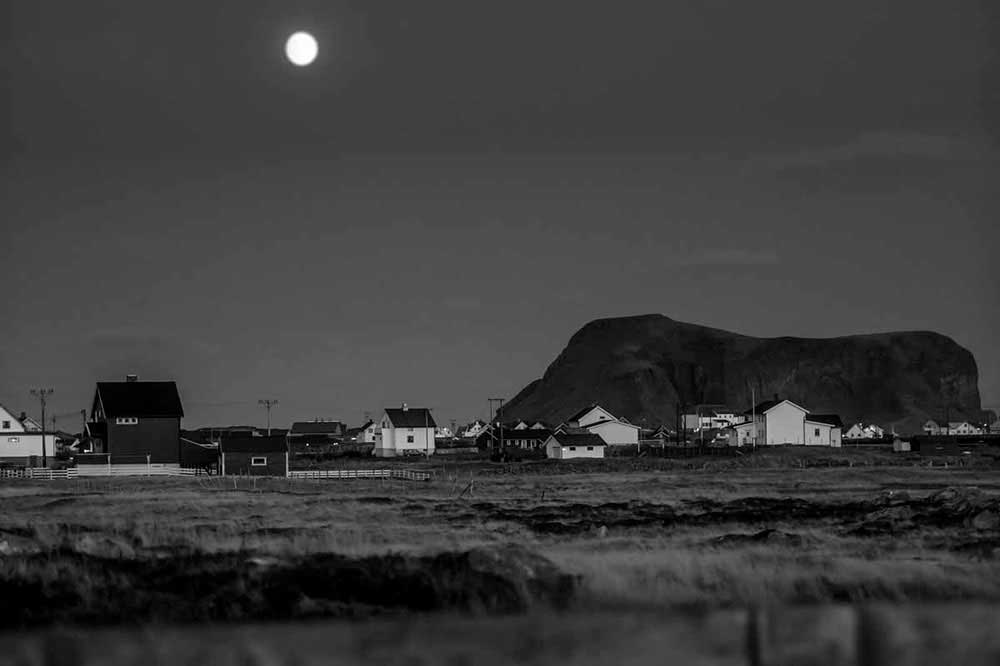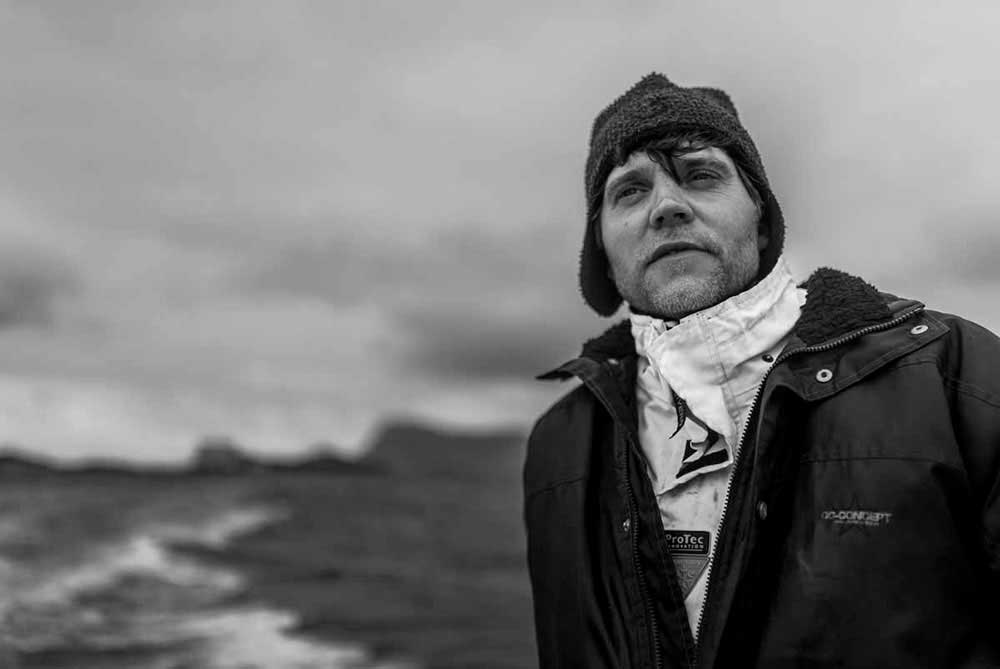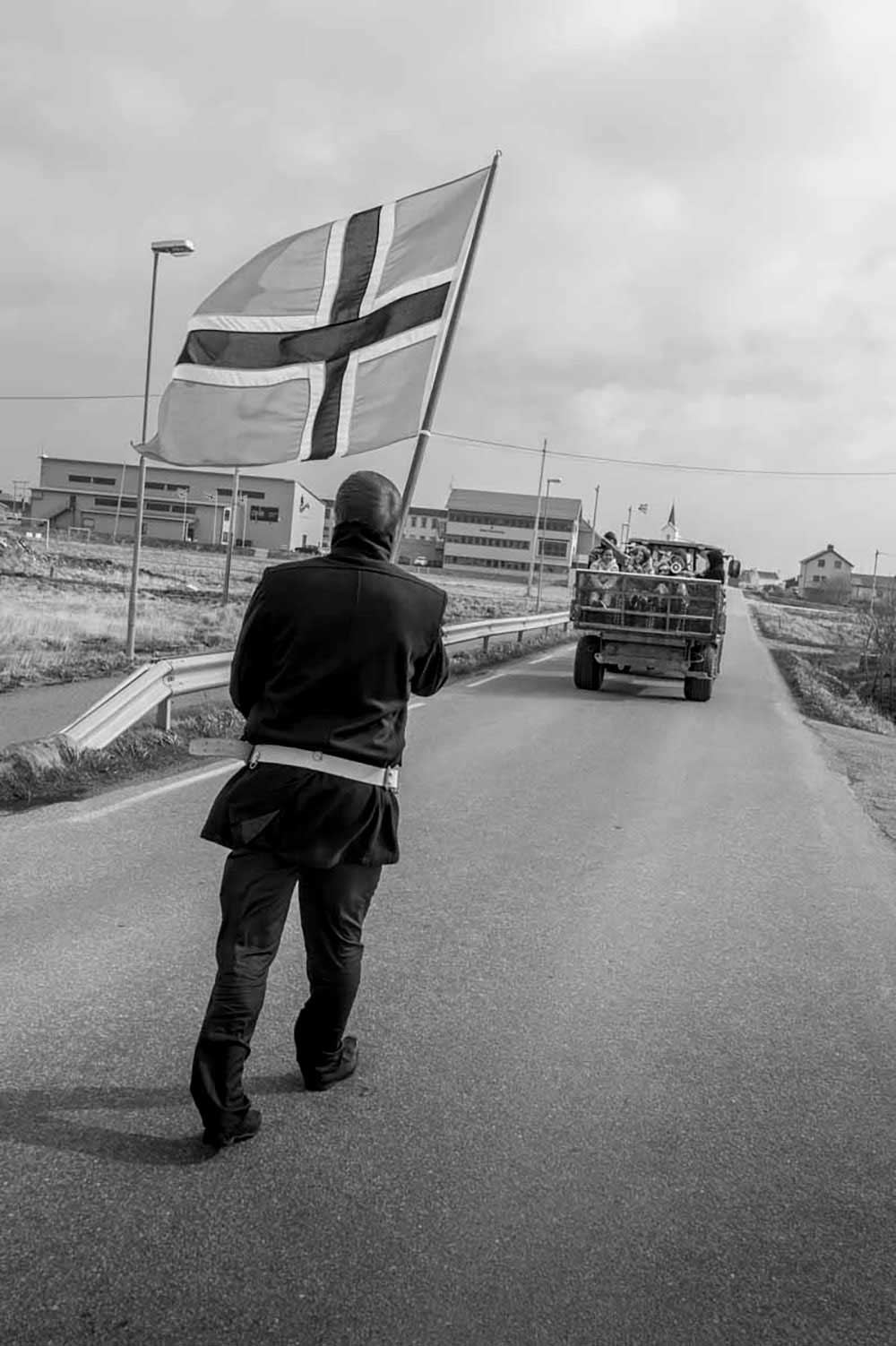May 19 2014 and the fishing season draws slowly to an end. The once bountiful North Atlantic no longer provides the tens of tons of daily catch for the local fishermen of Røst.
Røst the most south-westerly island cluster of the Lofoten – with Røstlandet as the main island – is situated approximately 115 km north of the Artic circle. Its hundreds of islands, islets and skerries are surrounded by some of the most hostile seas in Norway(1). The fishing season starts around the end of August and reaches its peak during the months of February through to the end April when fish supplied via the Gulf Stream from the Barents Sea reaches the waters of Røst. By the time the industrial trawlers and all other non-indigenous fishermen have left, the sea merely renders a few tons of fish on a good day. Only a handful of local fishermen like Stig Are Jørgensen and his brother Tom Rune still get up at 4 am and go to sea for a ten to twelve hour shift.
This time of year the sea can still be quite rough and experiencing all four seasons in one day is no exception. I was amazed to see that those local fishermen in their forties muster day after day the strength, energy and love for their trade. Even on days when going to sea is not on the agenda, due to weather conditions or a lesser catch the previous day, mending the nets, boat repairs and maintenance keep them occupied. Their respect for the sea and the elements makes them expert judges on where and when to harvest, when it is time for maintenance and repairs, to rest, or socialise with friends and family at the local pub with a beer, or two, but frequently more. The once linear experience of time makes room – extended with the rise of the midnight sun – for a schedule that does not include the idea of free weekends or for that matter, a “normal” circadian rhythm all together. During the height of the fishing season Stig and Tom are assisted by Torstein. Torstein lives in Bodø, a four-hour boat journey to mainland Norway. Well in his fifties Torstein has been a loyal ship’s mate to the Jørgensen duo for over fifteen years. His story is no different from that of any other non-local fishermen who migrate for an eight month period to Røst, leaving behind their families in order to make a living. For eight months the rorbu – a fisherman’s cabin that also serves as a place for stocking boat utilities and fishing equipment – located at the docking jetty in the marina, becomes his home. Although rudimentary in terms of comfort, the rorbu has a sense of cosiness and belonging with regularly held boiled coffee and smoking sessions when on terra firma. The fisherman longs for the sound of silence and therefore seems quite the loner. It is the quietness, the freedom from mental clutter that draws him out to the vast sea in the early morning. The men talk, enjoy their “roll-ups” and seem to mentally withdraw at regular intervals. A heavy but relaxing silence fills the room. A last pull on the cigarette butt and it is back to work.
A surf and turf economy in decline
Fishermen are very well respected on the island. Their trade is the first step in a supply chain that powers the local economy. On the island you will find a couple of merchants who will provide the Norwegian and international markets with fresh fish, salted and or dried cod and stock fish. Galleries of the dried fish decorate the rather flat and wind swept landscape of Røstlandet till the beginning of June when it is ready for export to the south of Europe and Africa. However, the majority of the population no longer considers fishing a profitable business. In the last ten years the average price per kilo of fish has dropped by 50 % and so has the local fleet – a mere fifteen or so local boats remain in a community that counts six hundred inhabitants. In recent years local fishermen and young men of working age in search of higher wages have left the island to join the flourishing Norwegian oil industry. This has led to a general concern that Røst as a community might cease to exist in the near future, as fishing is no longer considered worth the effort. The first signs are clearly there. Although children are quite enthusiastic about fishing and getting out to sea, parents on the other hand, steer them clear of the fishing profession and try to set them on an alternative career path. In Røst, as in so many other local fishing communities, fishing and sheep herding go hand in hand. Because of the seasonal character of fishing, local fishing families would also have a sideline business in sheepskin and lamb meat. This naturally salted meat has an extraordinary flavour as a result of the sheep’s seaweed diet. The transport of sheep to greener pastures on neighbouring islands by boat is a recurring activity and for Stig and his brother it means helping out their mother with the logistics of sheep rearing. In return, family lunch with delicious organic lamb and cabbage stew on the menu definitely makes up for the effort.
Sustainable fishing and the local ecosystem under pressure
Røst is renowned for having the largest seabird colonies in Norway. They are a key element in sustaining the local land-sea ecosystem and their population trends can be seen as a key indicator for changes in the marine environment. Seabirds depend heavily on specific prey found at sea for their survival and rearing of their young.(2) However, the local sea bird population has dropped. According to the islanders the main reason is the shortage of small fish brought about by industrial size trawlers that hoover up all fish from big to small. The final scenario is easy to imagine when small fish run out of stock. Vedøy Island provides a graphic display of the impact of overfishing. Twenty years ago the arena shaped rock face of the mountain rise on the island would have been occupied as breeding ground for herring gull chicks, and the eerie cries of thousands of birds could be heard as far as Røstlandet. Today only a tiny fraction of this bird population remains. The majestic cliff is now an almost silent witness of what was once a major breeding area for these birds. Going to Røst is leaving all your pre-conceived ideas about hospitality, hard work and the fishing trade behind, to enter a universe where people still have a sense of true community spirit, who harvest nature’s best in harmony with what the sea and land decides to provide. But it is not all romantic. A rapidly changing economic reality and industrial fishing risks changing the fragile ecosystem beyond repair and edging Røst as a community and its local culture towards a downward slope. It would be sad to see that the thriving community of Røst would be forced to undergo the same fate as other small islands such as Tory Island in Ireland, where it proved to be more economically viable to abandon fishing all together and thus extinguishing a way of life that only contributes to the richness of the planet in terms of cultural diversity and community spirit.



